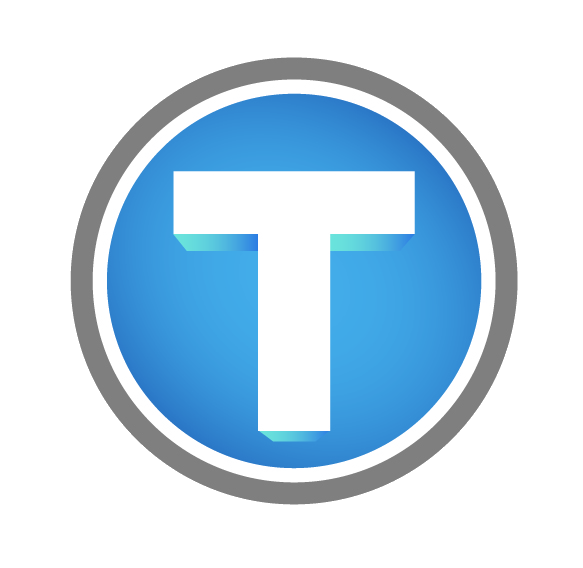How Physical Therapy Might Save Your Life
Because we are so entrenched in finding relief, and because we’ve all been told to ‘talk to your doctor,’ it seems reasonable to us to reach for pills when we feel pain. And yet, Acetaminophen is one of the most commonly misused. What is worse, is that an accidental overdose feels like the flu, which prompts the user to take even more. An extreme overdose can be deadly.
Opioids, too
The problem doesn’t stop with just Tylenol. With about three and a half percent of the US population misusing opioids, and more dying each day, it becomes critical that we look around and see how we can transition from a nation with a rampant drug problem to one with a healthy population.
A clue about how to handle it may be found in Portugal.
Personal touch
Portugal, like the U.S., started by demonizing drug use and drug users. The problem with this tact is that it clogs the judicial system, fills prisons, and doesn’t fix anything. By decriminalizing illegal drugs and treating addiction as a health issue, Portugal has cut its addiction rate in half.
What they found was that the best way to treat addicts was through personal interaction, and by offering treatment through small-scale, local community-based treatment centers. Because almost every family across the political and social stratum had a family member who was an addict, the climate was ripe for a social change.
Addiction conceals inner struggles
“Portugal’s policy rests on three pillars: one, that there’s no such thing as a soft or hard drug, only healthy and unhealthy relationships with drugs; two, that an individual’s unhealthy relationship with drugs often conceals frayed relationships with loved ones, with the world around them, and with themselves; and three, that the eradication of all drugs is an impossible goal.” The Guardian 12/5/17
But, what about the pain?
At the same time, U.S. abusers report that their last misuse of a pain reliever was to relieve physical pain (63.4 percent). If that’s the case, finding another way to alleviate pain might provide relief from the exposure to painkillers which can result in addiction for a large number of people.
Parallels
The parallel of these two countries is that they have patients who need and continue to need personalized care from their health care provider, something which is no longer offered by the overburdened primary care physician, whose first problem is now how to collect from insurance companies.
Personalized care
In the case of our patients, being able to treat their condition with physical therapy treatment creates a bond between the physical therapist and the patient. Their treatment is about them, which is a means of offering them personalized care and an alternative to the painkillers which can cause addiction.
Besides physical therapy, things which will continue to improve function include nutrition and exercise. One of the kindest things a patient can do for themselves is to pursue health vigorously while they are still healthy. In the event there is a mishap, while they may have an injury, they have a healthy body, and therefore a better chance of a full recovery.
Pain care alternatives such as physical therapy may make the difference for those who turn to addiction because their pain is not being adequately treated and those who don’t get proper care and become another statistic in the opioid crisis. It’s not unreasonable to want to feel better! If you have pain, physical therapy can help!
If you are looking for occupational or physical therapy, vestibular rehab, wheelchair training, learning to walk, unweighting, or other services in the Phoenix area, please call Touchstone Rehabilitation at 602-277-1073.

